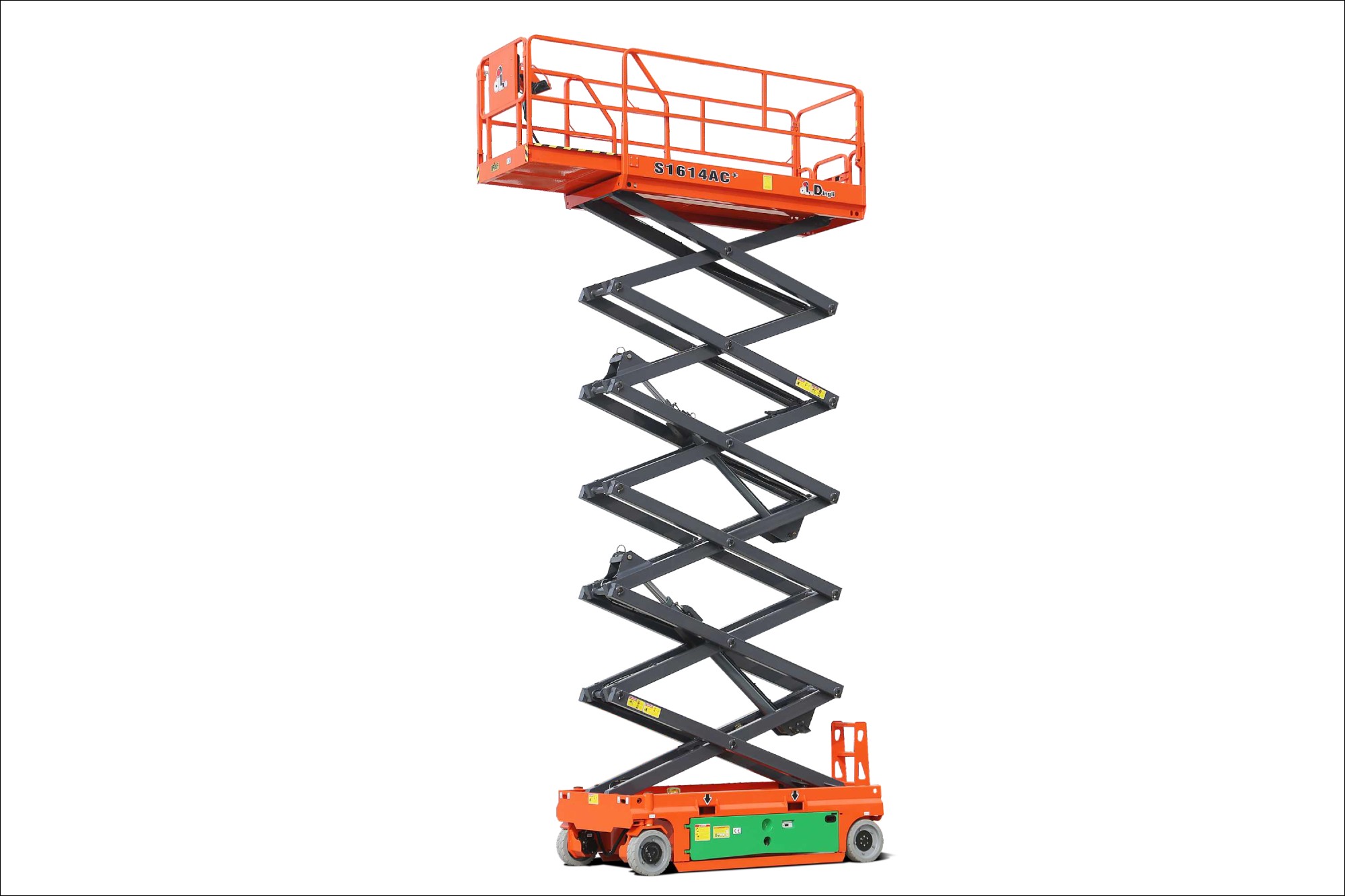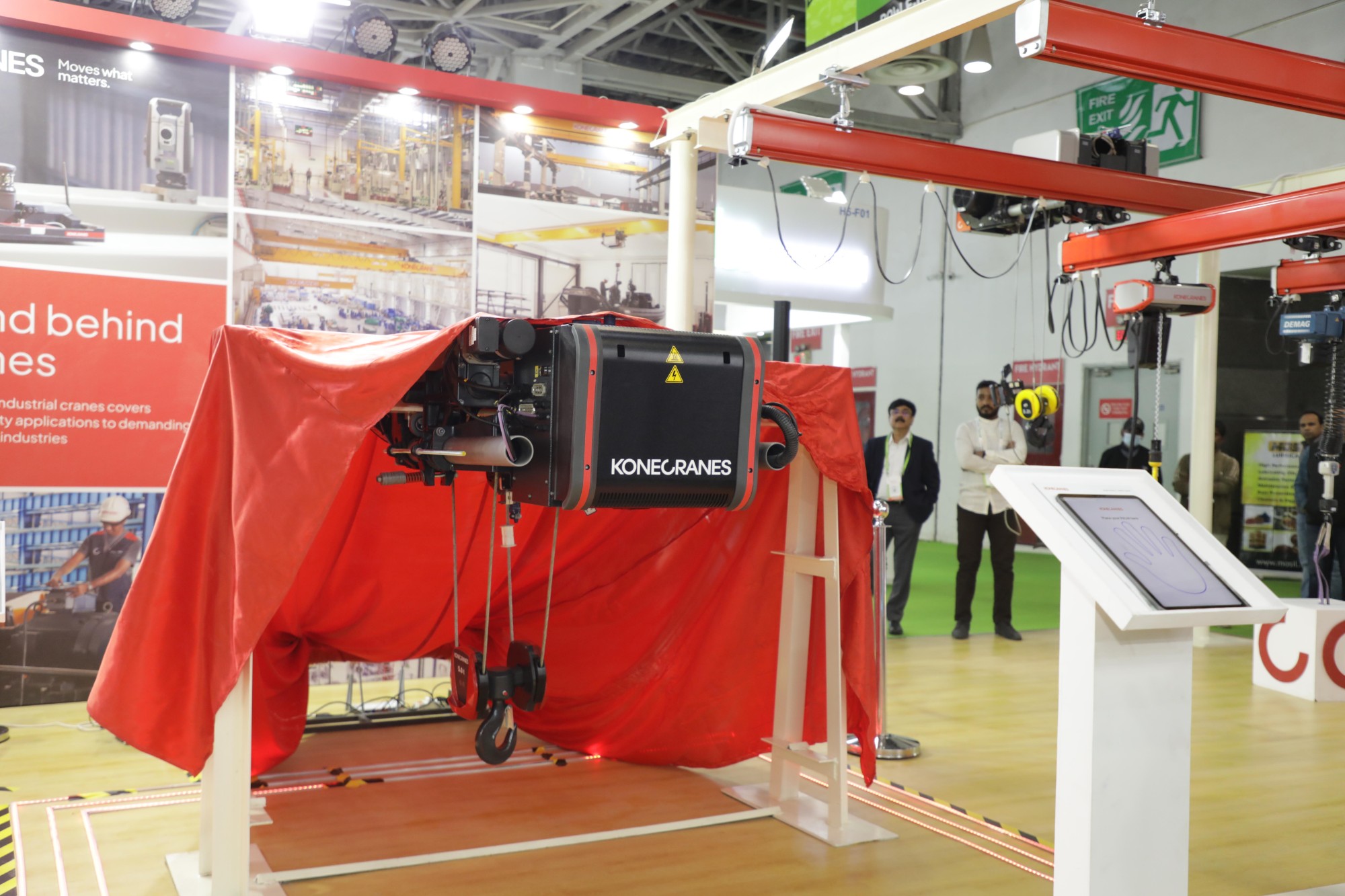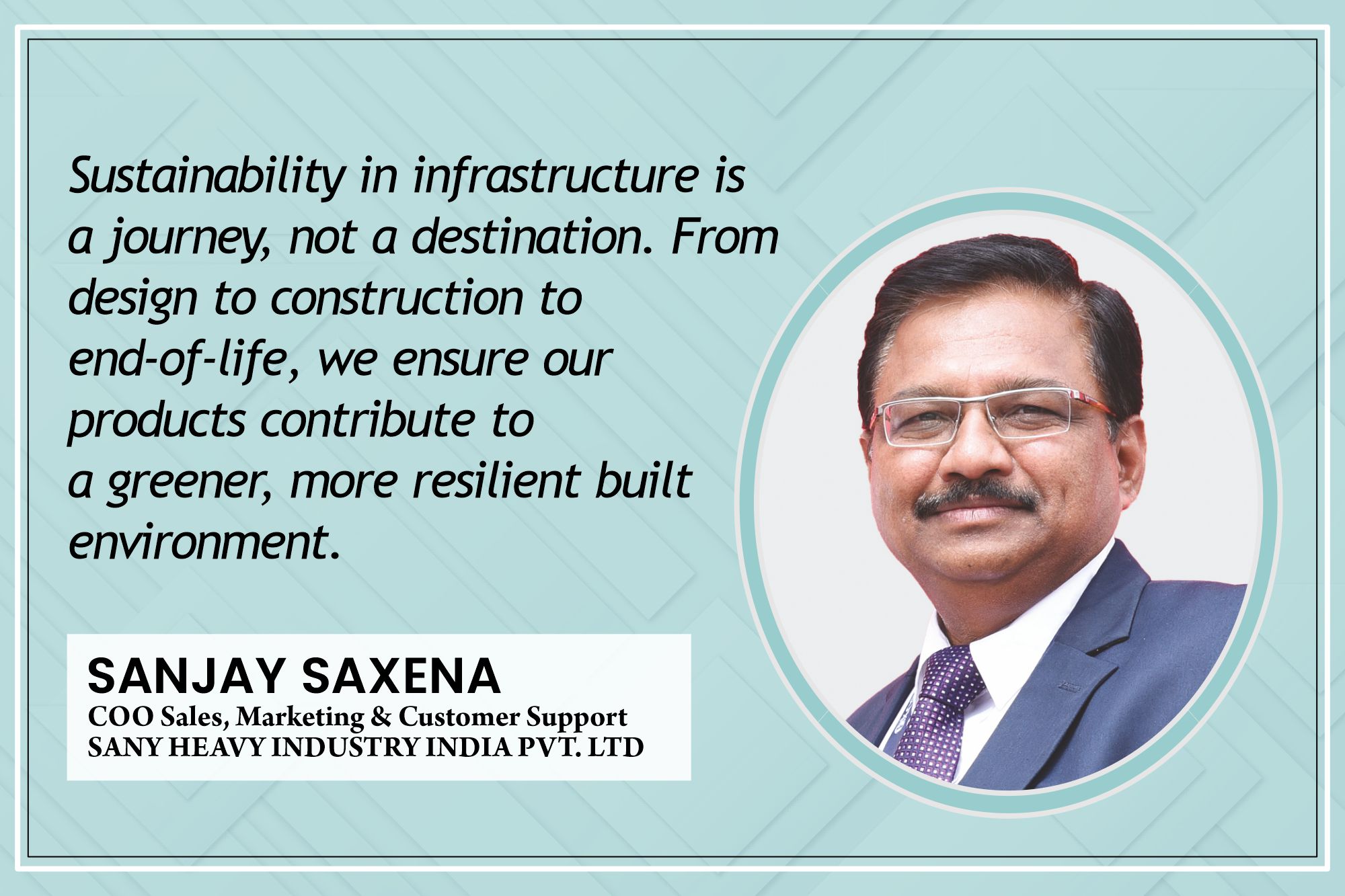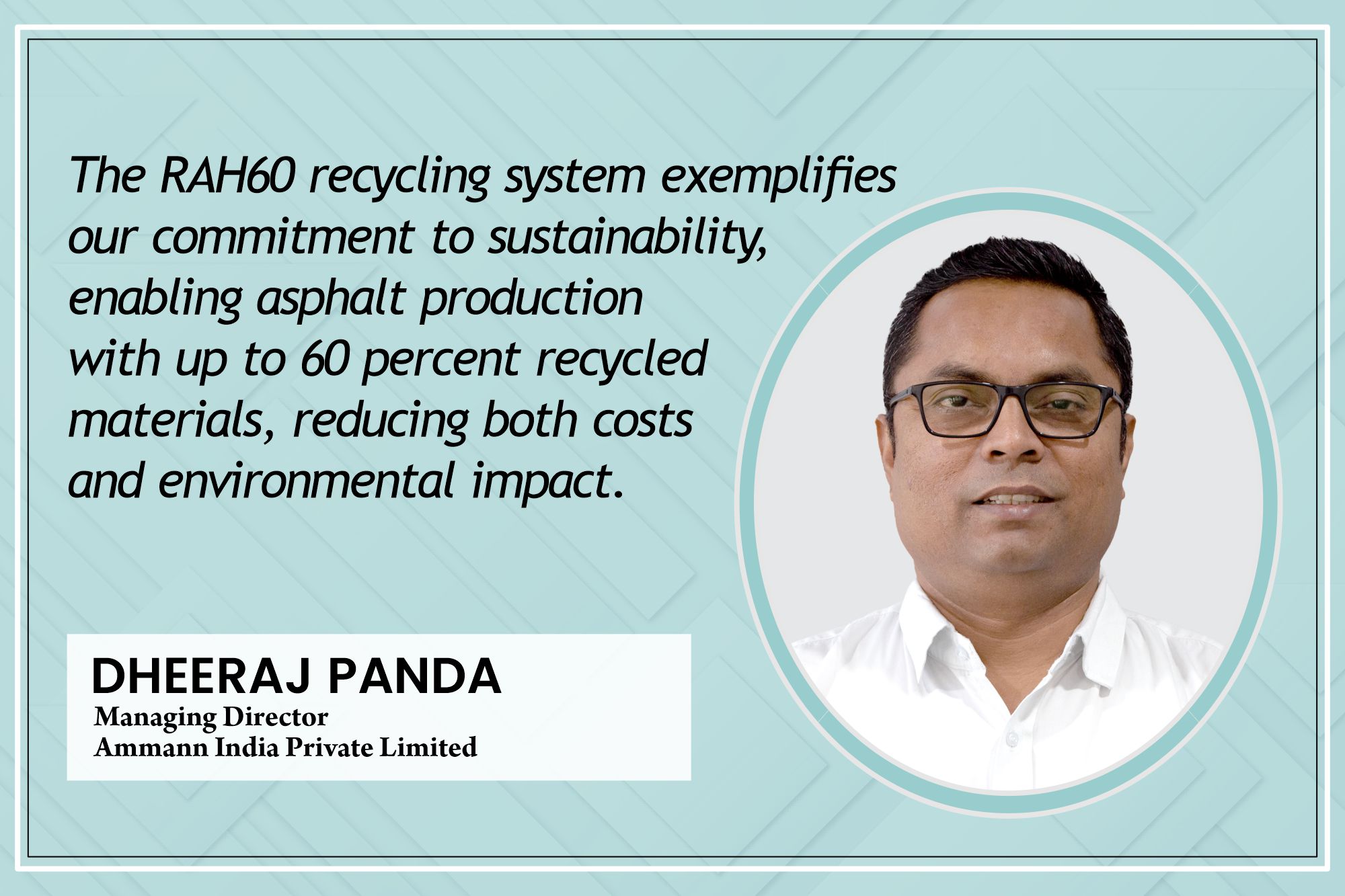EOT cranes advancing towards autonomous, sensor-driven automation
By Edit Team | July 11, 2024 5:56 pm SHARE
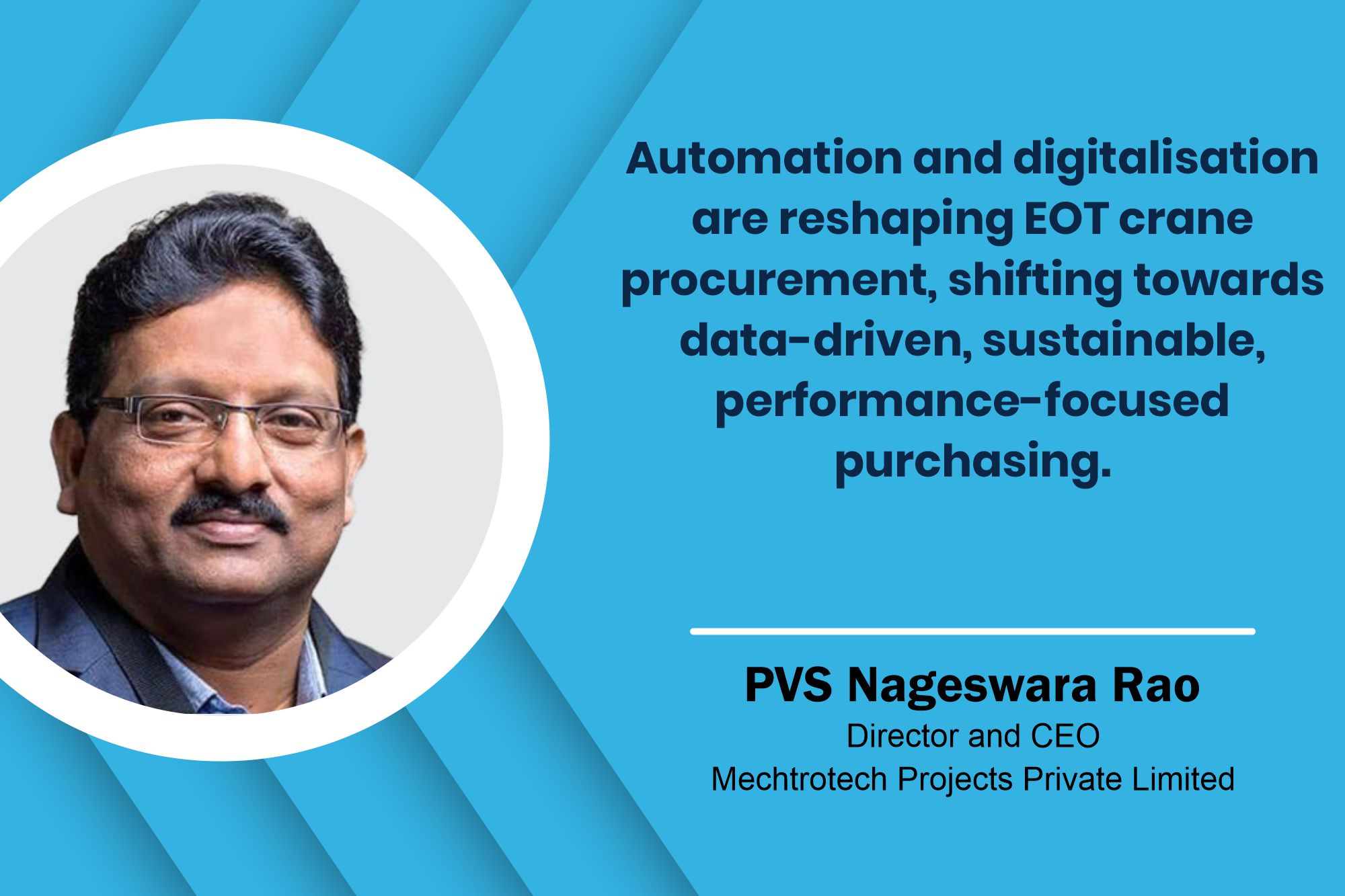
Mechtrotech Projects Pvt. Ltd. specialises in providing unique technical solutions, such as high-quality EOT cranes and services in automation, control systems, and industrial electronics to the worldwide steel, mining, and power industries.
Considering maintenance, energy efficiency, and operational downtime, how do you evaluate the lifecycle costs of incorporating EOT cranes into your construction projects?
When calculating the lifecycle costs of EOT cranes for building projects, look beyond the initial purchase price. Observe variables such as maintenance, energy efficiency, and downtime. Evaluate the initial expenditures, which include crane purchase and installation. Examine operating costs like energy consumption and maintenance, which include labour costs. Consider downtime costs and the impact of project delays due to crane malfunctions. Make informed judgements by using lifecycle cost analysis tools and manufacturer data. Look for leasing options for short-term projects and prioritise operator training to ensure safe and efficient crane operation. By carefully weighing these variables, you may select an EOT crane that saves money throughout its lifecycle for your building projects.
What methodologies or tools do you employ to assess the optimal sizing and configuration of EOT crane systems based on project-specific requirements and constraints?
Multiple approaches and tools are required to optimise the sizing and setup of EOT crane systems. First, the lift capacity must be analysed to establish the minimum lifting needs, considering the heaviest weights and safety buffers. Conduct a thorough study of the work area, including building measurements, clearances, and impediments, to determine the best crane span and hoisting range. One should understand lift frequency, weight variances, and cycle periods to evaluate duty cycles. Consider operational concerns like crane quantity and location. Use technologies such as 3D modelling software to simulate movement, crane selection software to select models, and lift planning software to sequence lifts and identify hazards. Ensure compliance with building codes and plan for future lifting requirements beyond present project demands.
How do you navigate procurement decisions regarding purchasing versus renting EOT cranes, and what criteria inform this decision-making process?
When determining whether to buy or rent EOT cranes, consider project duration, lifting requirements, space limits, and cost comparisons. Purchasing provides superior schedule control for long-term, regular projects but involves considerable upfront investment and ongoing maintenance expenditures. Short-term rentals are appropriate for projects that require flexibility while avoiding excessive ownership expenses for underutilised equipment. When choosing a supplier, examine rental availability, company reputation, dependability, after-sales assistance, technical innovation, industry experience, client references, manufacturing quality, and adherence to safety standards. This evaluation will assist you in making an informed decision and optimising costs to ensure project success.
Can you share insights into your approach for selecting EOT crane suppliers or manufacturers, including considerations such as reliability, aftersales support, and technological innovation?
Using data analytics and predictive maintenance solutions improves EOT crane performance. This entails providing cranes with sensors for real-time data collection on characteristics such as vibration and temperature. Centralised data platforms store and analyse data from several project locations, allowing for performance benchmarking and predictive maintenance. The insights acquired are then used to develop dynamic load management, remote monitoring, and operator training. The advantages include less downtime, a longer crane lifespan, increased safety, and data-driven decision-making. However, data security, integration expenses, and technological knowledge must be addressed. This technique improves safety, lowers costs, and efficiently controls EOT crane fleets across project sites.
How do you leverage data analytics or predictive maintenance solutions to optimise the performance and reliability of EOT crane fleets across multiple project sites?
Smooth coordination and synchronisation between EOT crane operations and other construction activities are critical for reducing delays and disruptions. Key solutions include good planning and scheduling, logistics and staging, technology and automation, and contingency preparation. Implementing these solutions allows construction businesses to achieve coordination between EOT crane operations and other activities, reducing delays and disturbances and assuring effective project execution.
How do you anticipate emerging trends in automation and digitalisation impacting the future procurement landscape for EOT cranes in the construction industry?
Automation and digitalisation developments are projected to significantly impact the future procurement scenario for EOT cranes in construction. Significant implications include an emphasis on data-driven decision-making, the rise of automation and autonomous lifting, the growing relevance of remote monitoring and diagnostics, altering rental arrangements, and a focus on flexibility. The future procurement environment will likely be more data-driven, focusing on features that improve efficiency, safety, and flexibility.
For more information, visit: https://mechtrotech.com/
Cookie Consent
We use cookies to personalize your experience. By continuing to visit this website you agree to our Terms & Conditions, Privacy Policy and Cookie Policy.



